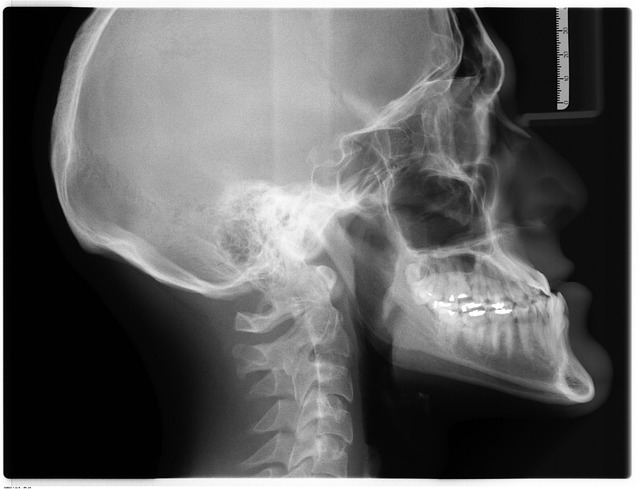Recognizing red flags like severe pain, numbness, balance issues, infection signs, and unique chronic condition symptoms is vital for accurate chiropractic diagnosis and safe treatment. Misdiagnosis risks worsening conditions and financial burden. Chiropractors must consider patient history to guide care and referrals. Meticulous attention to red flags during exams ensures patient safety, effective care, and optimal outcomes in chiropractic treatment.
Inadequate examination and diagnosis in chiropractic care can lead to misaligned treatments and potential risks. This article delves into recognizing common red flags, understanding the consequences of misdiagnosis, and exploring strategies for accurate evaluation and treatment. By identifying key indicators, healthcare professionals can ensure effective and safe chiropractic care, enhancing patient outcomes and building trust. Learn about these essential practices to navigate complex cases and avoid harmful mistakes related to red flags in chiropractic treatment.
- Recognizing Common Red Flags in Chiropractic Care
- Misdiagnosis: Potential Risks and Consequences
- Strategies for Accurate Evaluation and Treatment
Recognizing Common Red Flags in Chiropractic Care

In chiropractic care, recognizing red flags is crucial for accurate diagnosis and safe treatment. These are indicators that might suggest a more serious underlying condition requiring urgent attention or alternative management. Common red flags in chiropractic treatment include severe or sudden pain, especially if it radiates to other parts of the body; weakness, numbness, or tingling in arms or legs; loss of balance or coordination; and any signs of infection, such as fever or redness at the treatment site.
Chiropractors should also look out for symptoms like persistent nausea, dizziness, or breathing difficulties, as these could point to more complex health issues. Additionally, a patient’s medical history is vital; chronic conditions like cancer, heart disease, or autoimmune disorders may manifest with unique red flags that require specialized care. Early identification of these red flags enables chiropractors to provide appropriate care and, if necessary, refer patients to the right healthcare professionals for comprehensive management.
Misdiagnosis: Potential Risks and Consequences

Misdiagnosis, especially in complex cases, can have significant risks and consequences for patients seeking chiropractic treatment. When a chiropractor fails to accurately identify the root cause of a patient’s pain or condition, it may lead to inappropriate or even harmful treatments. Red flags, such as specific symptoms, patient history, or physical examination findings, are crucial for making accurate diagnoses. Misinterpreting these red flags can result in prolonged suffering for the patient and potentially worsen their condition.
For instance, a patient presenting with severe neck pain might display signs of a herniated disc on initial examinations. However, if these indicators are overlooked, the chiropractor may recommend less effective or even harmful adjustments. This could delay necessary treatment and lead to further complications. Moreover, misdiagnosis can result in ineffective or prolonged chiropractic care, causing financial burden and frustration for patients who expect swift relief. Therefore, meticulous attention to red flags during examinations is paramount to ensuring patient safety and optimal outcomes.
Strategies for Accurate Evaluation and Treatment

Accurate evaluation and treatment go hand in hand, especially when addressing issues like inadequate examination and diagnosis. To ensure effective care, healthcare professionals should look for specific red flags that may indicate a more serious underlying condition. For instance, persistent pain despite rest or usual remedies could suggest a nerve damage or spinal cord issue, necessitating specialized chiropractic treatment.
Effective strategies include thorough patient history intake, comprehensive physical examinations, and utilizing advanced diagnostic tools like imaging scans when necessary. By combining these methods, healthcare providers can pinpoint the root cause of a patient’s discomfort, enabling them to deliver targeted and appropriate chiropractic treatment plans that focus on pain relief and improved function.
Inadequate examination and diagnosis in chiropractic care can lead to misdiagnosed conditions and ineffective treatments, posing potential risks to patients. Recognizing common red flags is essential for accurate evaluation. By understanding the risks of misdiagnosis and implementing strategies for thorough assessment, chiropractors can ensure they provide effective treatment plans tailored to each patient’s unique needs. Staying vigilant in identifying red flags within chiropractic care is a vital step towards enhancing patient outcomes and fostering trust in this alternative healthcare approach.














